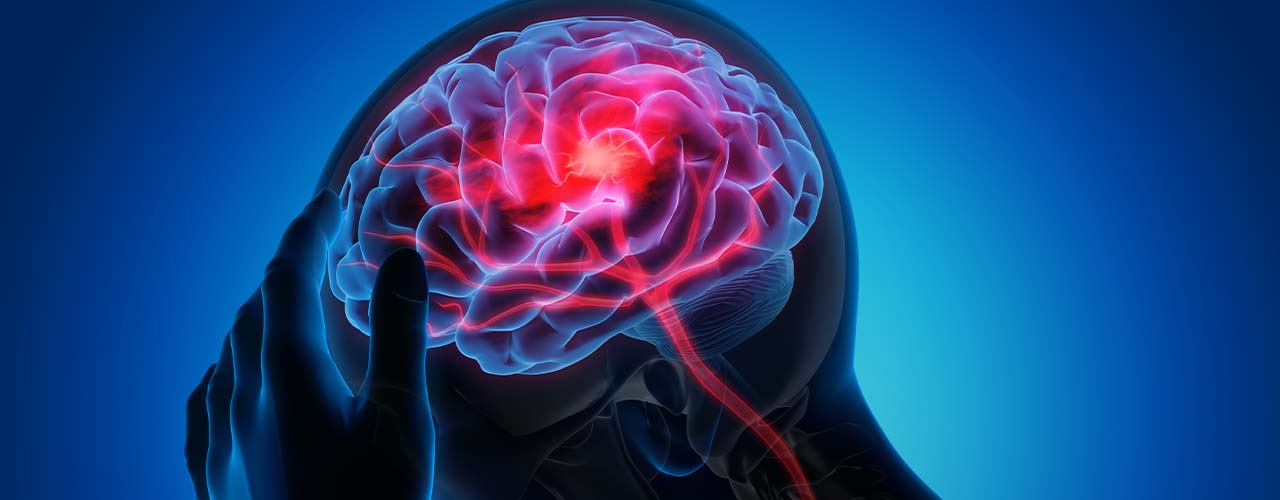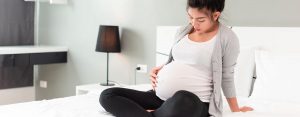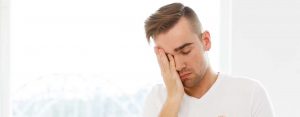Já é sabido o quanto os distúrbios do sono interferem em nossa qualidade de vida e aumentam o risco de doenças cardiovasculares, mas vamos entender melhor essa correlação falando de um distúrbio específico que é a Apneia do Sono e o Acidente Vascular Cerebral (AVC), muito conhecida por nós como derrame.
Você sabe o que é Apneia? É uma doença muito comum, caracterizada pela obstrução das vias aéreas superiores durante o sono, normalmente acompanhada da redução da saturação de oxigênio no sangue, seguida de um breve despertar para respirar. As principais manifestações durante o sono incluem ronco alto e frequente, pausas respiratórias, fragmentação do sono, levando a prejuízos diurnos incapacitantes, como sonolência excessiva diurna, alterações cognitivas e cefaleia matinal.
Let’s now briefly discuss CVA. Cerebrovascular Accidents (CVA) happen when vessels that take blood to the brain become blocked or burst, thus causing the area of the brain that was deprived of blood to be paralyzed. This condition, which affects a higher number of men than of women, is one of the main causes of death, incapacitation and hospitalization globally. The sooner CVAs are diagnosed and treated, the higher is the likelihood of achieving full recovery. Therefore, is it important to be attentive to OSA signs and symptoms and seek immediate medical care.
There are two kinds of CVA, caused by different factors, hemorrhagic and ischemic.
The Brazilian Ministry of Health published on its website -http://www.saude.gov.br/saude-de-a-z/acidente-vascular-cerebral-avc- data highlighting that a hemorrhagic CVA occurs when a brain vessel ruptures, causing bleeding, which can take place inside the brain tissue or on the interface between brain and meninges. Hemorrhagic CVAs account for 15% of all the strokes suffered, but can cause death more often than ischemic strokes. Ischemic strokes occur when an artery in the brain is blocked. The brain cells’ oxygen supply is interrupted and, therefore, cells eventually die. This obstruction can be caused by a clot / thrombus (thrombosis) or an embolus (embolism). Ischemic CVA is the most common type of stroke, accounting for 85% of all cases.
Be attentive to risk factors for CVA: hypertension, sedentary lifestyle, smoking, bad eating habits. Strokes can occur at any age, but black men are at a higher risk to develop CVA.
What is the relationship between Apnea and stroke? According to studies conducted by the Neurosciences and Behavioral Sciences Department of the Medical School of the University of São Paulo at Ribeirão Preto (FMRP-USP), the prevalence of sleep disorders among ischemic stroke patients is approximately 75%, and among hemorrhagic stroke patients , 60%. And why is this so? Repeated drops in nighttime blood oxygen levels caused by Apnea can lead to intermittent hypoxia (low blood oxygen concentration), which has been associated with systemic inflammation (affecting the whole body).
Se você apresenta sintomas como ronco alto e frequente, pausas respiratórias durante a noite, fragmentação do sono, sonolência excessiva diurna e alterações cognitivas e cefaleia matinal você pode ter apneia, e seu médico poderá solicitar exames para avaliar seu sono, fazer o diagnóstico completo e definir o tratamento mais indicado para você.
Uma opção é o Exame do Sono Biologix, que pode ser feito em casa, simples, prático, eficaz e validado clinicamente. Na hora de dormir, basta colocar o sensor no dedo e iniciar o exame no App Biologix. Ao acordar basta clicar em concluir exame para receber o resultado em segundos no seu e-mail. Essa é uma análise respiratória específica para apneia do sono.
This diagnosis can also be established by means of a more complex test called Polysomnography. In this case, patients are required to sleep for one night at a sleep lab, where they are monitored using sensors that record the passage of air through nose and mouth, blood oxygenation, heart rate, brain activity, as well as chest and limb movements.
Sleep Apnea treatment can take advantage of intraoral devices, breathing assistance devices, and even surgery to unblock the upper airways.
For severe cases, the best option is CPAP, acronym for Continuous Positive Airway Pressure. This machine, through a mask covering your nose or face, uses continuous air pressure to keep the airways open while you sleep. Many studies seem to verify the beneficial effects of CPAP for Apnea patients. It decreases intrathoracic pressure, hypoxia, acidosis levels, and arousal frequency, thus reducing cardiac arrhythmias, mainly Atrial Fibrillation. In addition to improving snoring, CPAP use eliminates the risk of cardiovascular problems stemming from apnea and snoring.
Portanto, é sempre válido reforçar que hábitos de vida saudáveis e uma noite de sono reparadora são fundamentais para a saúde. Ao menor sintoma busque orientação médica para que o diagnóstico e o tratamento sejam feitos precocemente.IMPORTANTE: Somente médicos e cirurgiões-dentistas devidamente habilitados podem diagnosticar doenças, indicar tratamentos e receitar remédios. As informes disponíveis neste blog possuem apenas caráter educativo.
DISCLAIMER: The information contained in this blog aims at assisting you in your education and is not intended to be construed in any manner as medical advice. Only physicians and dentists can diagnose diseases and prescribe treatments and medication. Thank you for visiting our website.






